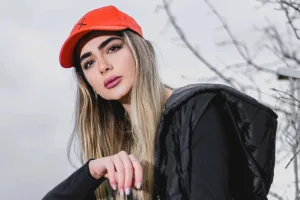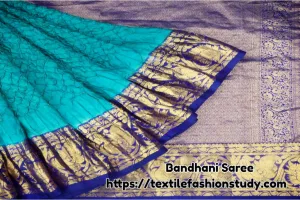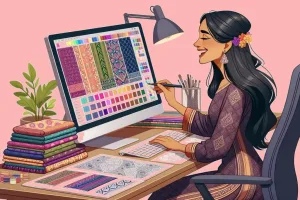Table of Contents
Needle
The needle is the key to sewing. Basically, sewing thread is passed through the needle. Moreover, different stitching is done by the needle. The faulty needle can also bring some fabric faults in the fabrics. The needle is different in size, which is particularly expressed by needle number. We also know that needle types also differ depending on their end-use. Besides, a medical needle and a garment sewing needle are not the same. So they have their own properties.
Parts of Needle With Functions
It is important to know the construction of a sewing needle. A basic needle has the following parts:
- Butt
- Shank
- Shoulder
- Blade
- Grooves
- Eye
- Point
- Tip
Now I will give a description of the construction of a sewing needle. In fact, this needle is used for garment sewing.
- Butt: The butt is the top of the needle. It is conical in shape. Its insertion into the needle bar or clamp.
- Shank: Shank is larger in diameter than the rest of the needle. This part can be cylindrical or flat on one side.
- Shoulder: The shoulder is the joining section between Shank and Blade.
- Blade: The blade is the longest section of the needle.
- Grooves: Grooves are divided into two parts. A long groove is placed on one side of the needle, and it protects the sewing thread. The short groove is placed on the opposite side of the long groove.
- Eye: The eye is the caring section of sewing thread. Thread is passed through the needle eye. The eye shape is like an elliptical hole.
- Point: The needle is used for the sewing of knit or woven fabrics. So, needlepoint should be for easy penetration of the needle to the fabrics. This is shaped for easy penetration.
- Tip: It is the bottom point of a needle. It should be sharp for easy penetration.
So, needles should be sharper for better penetration through the fabrics.





